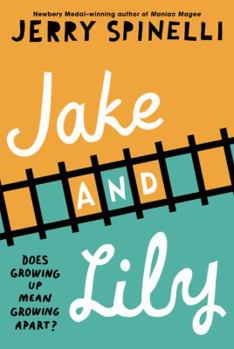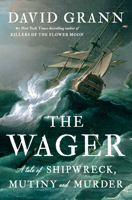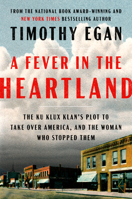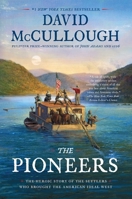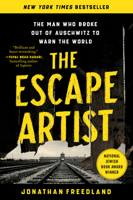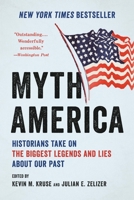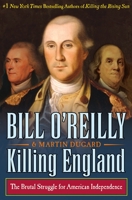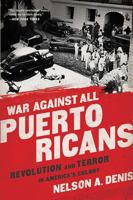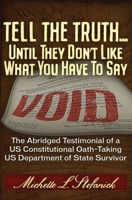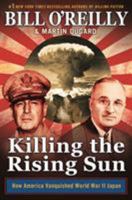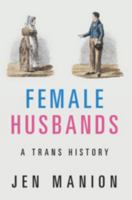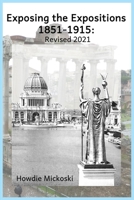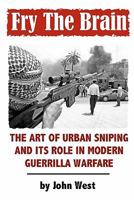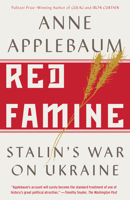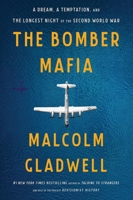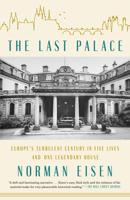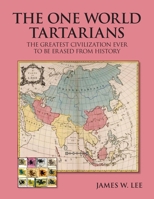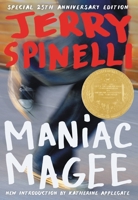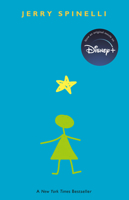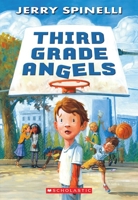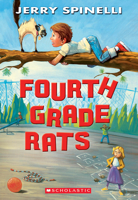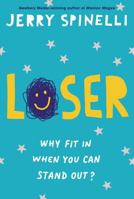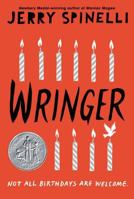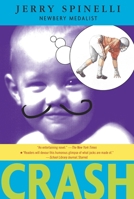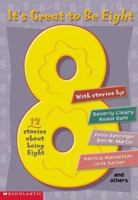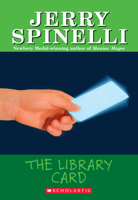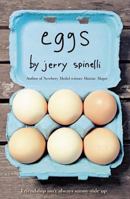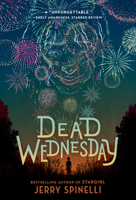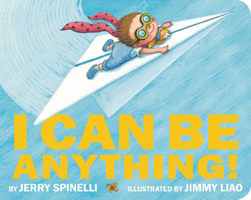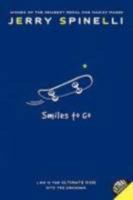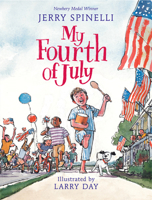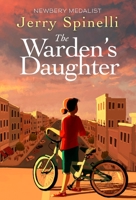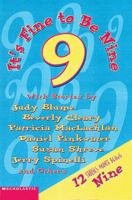Jake and Lily
Select Format
Select Condition 
You Might Also Enjoy
Book Overview
Beloved Newbery Medalist Jerry Spinelli, author of Maniac Magee and Wringer, addresses issues of identity, belonging, family, and bullying in this humorous and heartfelt novel about twins.
Jake and Lily are twins. Despite their slightly different interests and temperaments, they feel exactly the same--like two halves of one person.
But the year they turn eleven, everything changes. Their parents announce it's time for separate bedrooms. Jake starts hanging out with a pack of boys on the block. And Lily is devastated, not to mention angry. Who is she without Jake?
And as her brother falls under the influence of the neighborhood bully, he also must ask himself--who is the real Jake?
In a starred review, Publishers Weekly praised this smart and funny story. The New York Times Book Review extolled Jerry Spinelli as a poet of the prepubescent and added: Nobody is better than Spinelli when it comes to creating the grade-school world of qualified innocence--and treading a fine line between challenge and reassurance."











